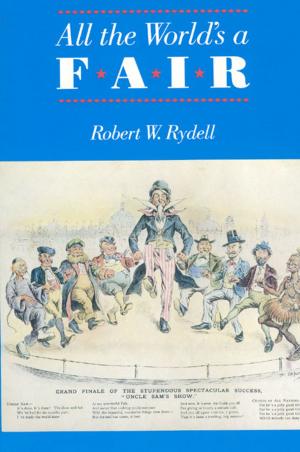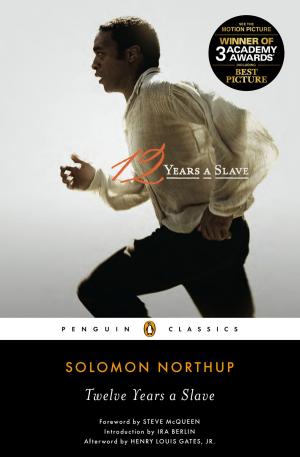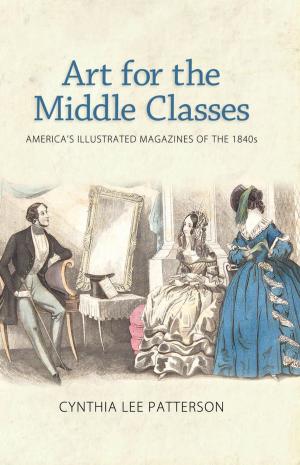On the Carpet
The Coming of Age Letters of Penelope Skinner 1832-1840
Nonfiction, History, Americas, United States, 19th Century| Author: | Mary Maillard | ISBN: | 9780991789320 |
| Publisher: | Mary Maillard | Publication: | June 21, 2014 |
| Imprint: | Language: | English |
| Author: | Mary Maillard |
| ISBN: | 9780991789320 |
| Publisher: | Mary Maillard |
| Publication: | June 21, 2014 |
| Imprint: | |
| Language: | English |
Penelope Skinner’s letters paint an unusually clear and vivid portrait of the lives of elite young women of the Upper South in the late 1830s. The term, on the carpet, meant, “under consideration or discussion,” and, in Penelope’s world, it specifically referred to a belle’s status as unattached and marriageable.
As this sparkling correspondence opens, thirteen-year-old Penelope (1818-1841) and her younger brother Trim (1820-1862) are semi-orphans exiled to distant boarding schools from the malarial climate of their plantation home in Edenton, North Carolina. They are partners in solitude, close companions, a single indivisible family unit. Outspoken and independent, Pen shares her innermost thoughts with her brother as she recounts her life as a belle “on the carpet.” From an exhilarating whirl of parties and beaux, Pen’s life descends over a period of three years into “the blues prodigious bad.” After thirty offers and three failed highly-publicized engagements, her search for a husband turns desperate; she considers eloping out West with a penniless young doctor. When she finally marries at twenty-one, she undergoes an almost immediate transformation into a virtuous matron – pious, demure, obedient. Her account of her pregnancy in 1840 is unique for this period of women’s writing.
The lives of young white southern women who came of age in the 1830s and 1840s are not well represented in published primary sources. Penelope Skinner’s fresh voice fills that gap and sheds new light on the complex social, familial, and romantic elements of antebellum courtship; the precarious nature of marriage negotiations; and the sheer exhausting frustration of being both pawn and agent while “on the carpet.”
Penelope Skinner’s letters paint an unusually clear and vivid portrait of the lives of elite young women of the Upper South in the late 1830s. The term, on the carpet, meant, “under consideration or discussion,” and, in Penelope’s world, it specifically referred to a belle’s status as unattached and marriageable.
As this sparkling correspondence opens, thirteen-year-old Penelope (1818-1841) and her younger brother Trim (1820-1862) are semi-orphans exiled to distant boarding schools from the malarial climate of their plantation home in Edenton, North Carolina. They are partners in solitude, close companions, a single indivisible family unit. Outspoken and independent, Pen shares her innermost thoughts with her brother as she recounts her life as a belle “on the carpet.” From an exhilarating whirl of parties and beaux, Pen’s life descends over a period of three years into “the blues prodigious bad.” After thirty offers and three failed highly-publicized engagements, her search for a husband turns desperate; she considers eloping out West with a penniless young doctor. When she finally marries at twenty-one, she undergoes an almost immediate transformation into a virtuous matron – pious, demure, obedient. Her account of her pregnancy in 1840 is unique for this period of women’s writing.
The lives of young white southern women who came of age in the 1830s and 1840s are not well represented in published primary sources. Penelope Skinner’s fresh voice fills that gap and sheds new light on the complex social, familial, and romantic elements of antebellum courtship; the precarious nature of marriage negotiations; and the sheer exhausting frustration of being both pawn and agent while “on the carpet.”















